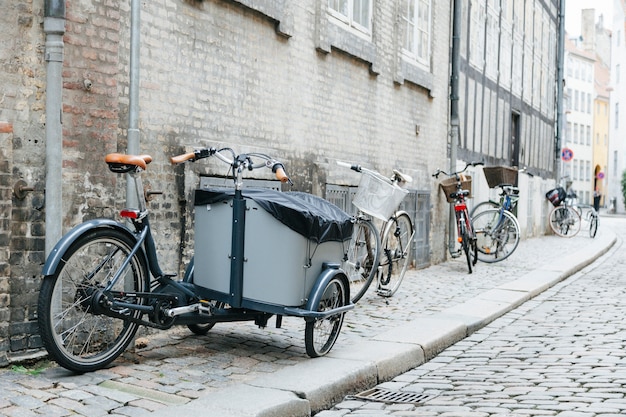
Denmark often gets overlooked as a travel destination for various reasons, but this small country is packed with a wide range of beautiful landscapes and interesting areas to explore. Despite having lived here for nearly five years, the natural beauty spots still leave me speechless every time I visit. It’s surprising how many Danes themselves haven’t seen many of these places, which is such a shame!
Let me share why Denmark is worth exploring.
There’s this remarkable desert area in the northern part of Denmark that left me absolutely stunned the first time I saw it. It’s one of the most breathtaking landscapes I’ve ever encountered. Enormous dunes rise and fall, and the wind tosses sand into the air like confetti. The area is so vast that you might not see another person, allowing you to immerse yourself in the wild surroundings with the wind erasing your footprints behind you. This place hosts one of Europe’s largest moving sand dunes, which have been shifting east-northeast since the 16th century, advancing more than 15 meters a year.
Skagen, situated at Denmark’s northernmost tip, is an absolute must-see. This quaint fishing village, roughly 700 years old, offers an idyllic Danish “hygge” experience. It has a rich culinary and cultural history, creating the perfect atmosphere for both relaxation and reflection. The village, with its charming yellow houses and cute little streets, is an architecture lover’s dream. Just a bit north of Skagen, you can experience wild nature at its finest. Standing at the very tip of Denmark, you can witness the extraordinary natural phenomenon where the Baltic Sea meets the North Sea. The winds create chaotic waves, and seals lay on the sand, lazily watching the world go by.
Contrary to the belief that Denmark is flat, the White Cliffs of Møn are a clear indication that this stereotype needs to be reconsidered. Møns Klint is the only place in Denmark where you can witness these high chalk cliffs, along with the unique flora and fauna they support. You can hunt for fossils on the beach below the cliffs and enjoy breathtaking views that will make your Instagram photos look stunning without any filters.
Mols Bjerge National Park, located in southern Djursland, is known for its rugged and varied landscapes. It’s an ideal area for hiking, with routes that take you through woodlands, heathlands, marshes, meadows, and pastures. Along the way, you’ll encounter various wild animals and diverse plant life, making every hike an adventure.
One time, I shouted to my Danish friend in amazement as we took in the view of Rubjerg Knude, located about 14 km north of Løkken. This natural wonder is where the ocean and sand engage in a dramatic conflict, with several meters of land disappearing each year. The lighthouse still stands stubbornly on the wind-whipped sand dunes about 90 meters above sea level.
Only about 15 km north of Copenhagen, you can experience being close to wildlife at Jægersborg Deer Park, home to around 2,000 deer. It’s one of the most popular natural sites in Denmark. Plus, the world’s oldest amusement park, Bakken, is also located within the park.
Bornholm, an island about 200 km east of Copenhagen in the Baltic Sea, is known as the sunniest part of Denmark. However, the main attraction is its stunning natural beauty. The island boasts cliffs, leafy forests, and white sandy beaches with bright blue waters. Some parts of Bornholm offer walks through rift valleys, large lakes, and open caves. This island offers a unique and wild Danish nature experience.
Lastly, Danish beaches might be Europe’s best-kept secret. With no endless rows of sunbeds or large crowds, there’s plenty of space for everyone. You can easily stop by one of the sandy beaches with rolling dunes and turquoise waters to enjoy stunning views or just relax.
Denmark is truly a gem waiting to be discovered!